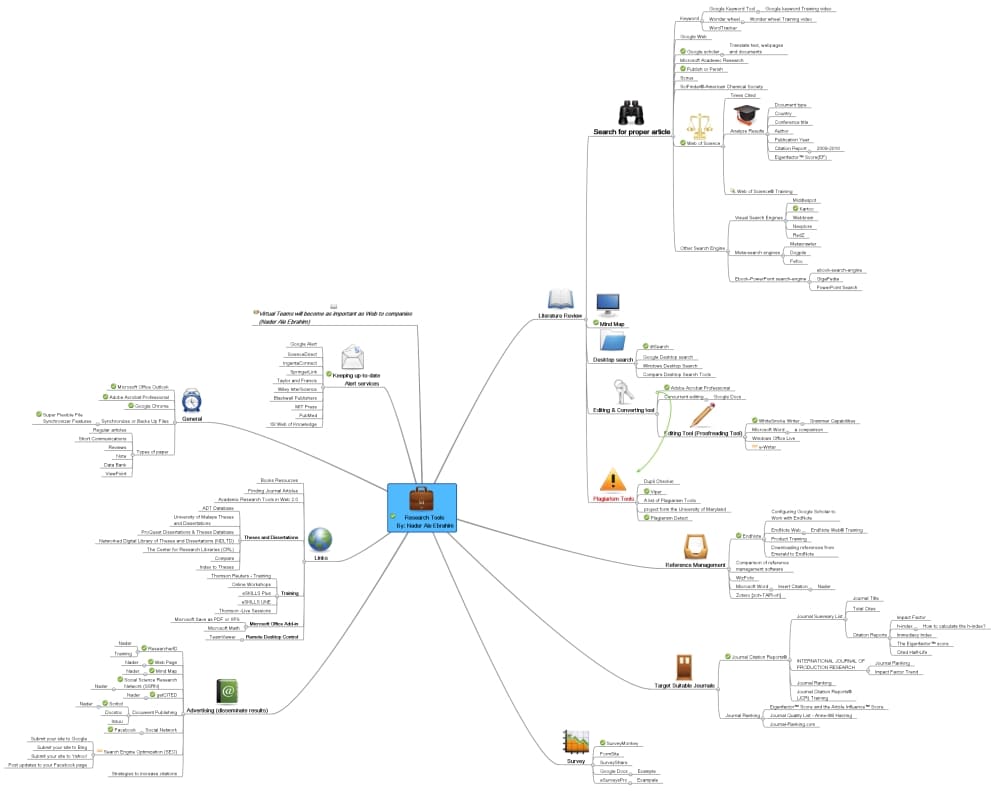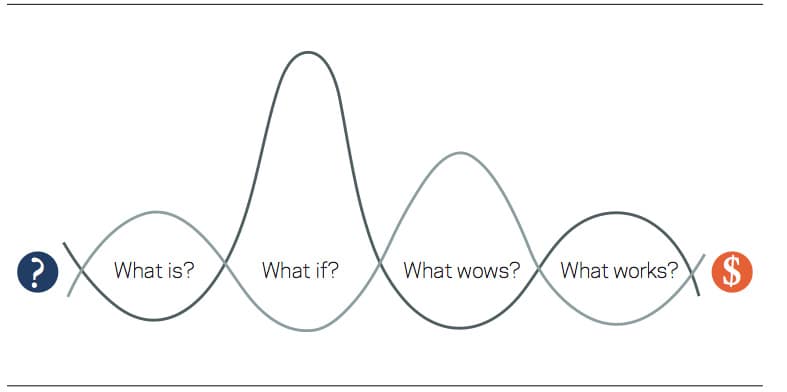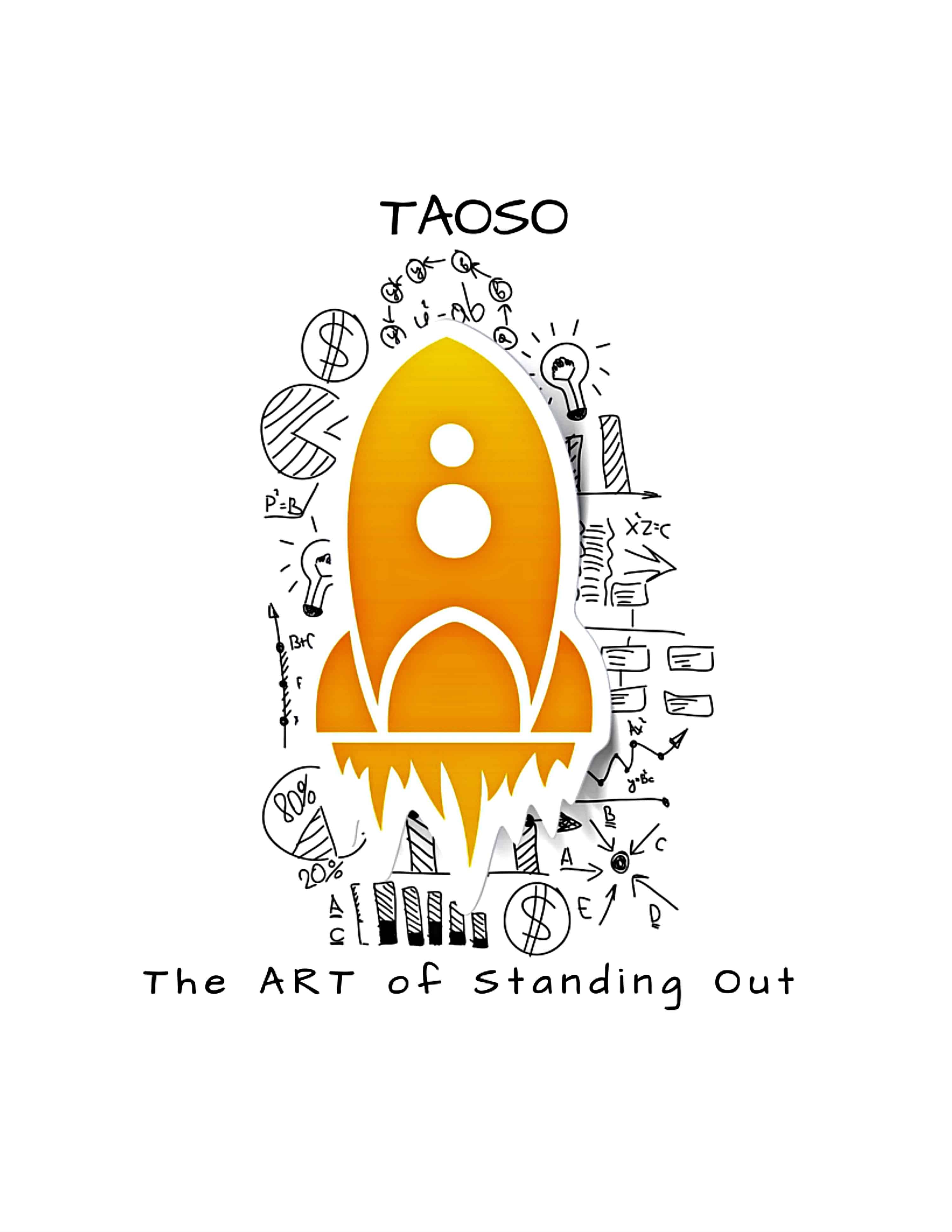Tools

Understanding one’s life journey is a profound endeavor that enables us to gain valuable insights into the formation and evolution of our values. Our life experiences, relationships, and encounters shape us into the individuals we become, molding our perspectives and beliefs. By delving into our narrative, we uncover the underlying principles that guide our choices and actions.
As we traverse our life’s path, we encounter various people influencing us, shaping our values and perceptions of trust. Individuals who consistently demonstrate integrity, reliability, and empathy earn our trust over time. Those who betray our trust may lead us to reevaluate our values and redefine our expectations.
Self-trust, an integral aspect of decision-making, arises from understanding our life journey and the values we hold dear. Reflecting on our past decisions and their consequences allows us to refine our judgment and enhance our confidence. When aligning our choices with our core values, we develop a sense of authenticity and purpose, strengthening our self-trust. Embracing lessons from successes and failures empowers us to make informed decisions.
Our values influence how we perceive trust. By exploring our experiences, we understand the values that shape our perspectives. This clarity becomes a guiding light as we navigate relationships and determine whom to trust. Simultaneously, we cultivate a stronger sense of self and the ability to forge meaningful connections.
When you work with the life journey mapping process, you’ll reconnect with the people in your family tree who gifted you with family values and the people, places, and experiences revealed in your life journey map. When taken together, those forces have shaped you and made you who you are today.
We acknowledge those forces and put them to work for you, and during the process, you gain authentic, insightful, thoughtful, and compelling stories too.
The work we do together using the life journey map as our source material helps us reconnect with all that has helped to nurture our values, principles, character, and behaviors.
In short, the Life Journey map process provides you with a roadmap, your Northstar positioned to guide you, your decisions, and your business to success.
A partial list of the strategies, tools, and thought processes we use to build the life journey map and draw insight and power follows.
A sampling of the tools we use.
Deconstructing Life Journey – Constructing Narrative
Our process combines narrative storytelling, mind mapping, human-centered design, and lean startup methodologies. These are the main tools we use to work with you, and while we may utilize other thought processes, these are the pillars of our approach.
We have found that these tools consistently deliver exceptional results for the individuals and companies we support.
We will explore Narrative Stories together, which offer valuable insights into the people, places, and events that have influenced your life. Your stories will uncover the individuals who have helped you succeed and the origins of your beliefs, principles, and actions that guide your daily decisions. As Ben Horowitz, co-founder of venture capital firm Andreessen Horowitz, wisely said, “The story is not just about marketing; it is the strategy. Improving your story improves your strategy.”
Your comprehensive life journey map is a valuable asset that must not be overlooked. It is crucial in crafting authentic and captivating narratives and a reliable compass for making crucial decisions. This information is essential when selecting the appropriate associations or determining the products, services, and solutions to offer.
Our proven life journey mapping process has been instrumental in helping numerous clients achieve success. Our nurturing and supportive approach has guided many individuals toward greater focus and clarity, resulting in tangible progress and growth. Join our satisfied clients and experience the immense value of this transformative process.
As we delve into your narratives, we start constructing a mind map. A mind map is a diagram that displays ideas or information emanating from a central keyword or concept, and it serves as a visual tool for studying, organizing, problem-solving, decision-making, and ideating your way forward.
Mind Mapping organizes information into a hierarchy and shows relationships between elements.

Mind mapping helps us find the meaning hidden within all the information we expose. Our mind maps become the dynamic surface we use to watch your stories appear, morph, and grow into a powerful resource for you and your business.
We have learned valuable lessons about the power of mind mapping from historical figures like Michelangelo and Leonardo da Vinci, who applied mind-mapping techniques to enhance creativity, innovation, and overall productivity.
Here are seven ways mind mapping will help you work through the exercises in the story lab.
- Creative Problem-Solving: Mind mapping lets you connect ideas visually, creating a clear overview of challenges and potential solutions. You will uncover unique perspectives and generate creative problem-solving approaches by organizing thoughts.
- Idea Generation: Like Michelangelo’s sketches, mind mapping aids in brainstorming. By mapping and connecting your ideas, you can explore new concepts, product features, marketing strategies, and more, fostering innovation and originality.
- Strategic Planning: Like Michelangelo mapped out the Sistine Chapel, business owners can use mind mapping to outline their vision and long-term goals. This structured approach helps in defining actionable steps and optimizing resources for success.
- Improved Communication: Mind maps simplify complex ideas, making it easier for teams to grasp and collaborate on projects. Visual representations foster better understanding, ensuring everyone is on the same page and reducing misunderstandings.
- Time Management: You can allocate time and resources efficiently by visually breaking down tasks and priorities. Mind mapping enables you to focus on critical aspects while avoiding distractions.
- Flexibility and Adaptability: Like da Vinci’s notebooks, mind maps allow for organic growth and adjustments. You’ll be able to update and expand your maps as new information emerges, adapting to changing circumstances and market demands.
- Enhanced Memory Retention: The visual nature of mind maps aids memory recall, helping business owners retain essential information, learn from past experiences, and make more informed decisions.
Incorporating mind mapping into your workflows, you will harness increased creativity, innovation, improved problem-solving, and ultimately, accomplish more in your work within the Life Journey mapping, specifically and generally throughout all of your other business ventures.
The Power of Story

Five stories are foundational to our work together. These stories fit together like Lego pieces. Each piece supports the others.
One of my favorite philosophers said this “The whole is greater than the sum of its parts.” – Aristotle
The Six Stories Are:
Origin – The thing that makes you remarkable
Founding – Why you decided to start your business
Customer – You founded the business to serve whom, and why them
Product – How you determined your product or service design and value
Evolution – How has your perspective evolved, and what factors have contributed to this change
Signature – A summary of all the stories when told together as one
Another Greek Philosopher provides us with the following quote:
“Those who tell the stories rule society” Plato
With our stories well in hand, our business strategy begins to come into focus.
Human-Centered Design Thinking
Next, we move from building our brand strategy to building our strategic marketing & sales plans. To ensure our marketing and sales plans generate the kinds of campaigns that resonate with the people in our marketplace, we will use the Design Thinking model as shared in the book Designing for Growth authored by Jean Liedtke and Tim Ogilvie.
The process is represented by the process flow illustrated in this graphic:

The process moves us from what is to what will wow our customers.
- WHAT IS the current state?
- WHAT IF we tried these things?
- After reviewing the what if’s, we position the best few as WHAT WOWS.
- When we determine which things that wow work best for the people and businesses we serve, we select the one thing we label as WHAT WORKS
Systems Thinking
Nowadays, there is a growing movement of people who strongly believe that business leaders should prioritize more than just numbers to ensure the success of their organization. Instead, they should also prioritize people, purpose, partnerships, performance, and the planet.
Systems thinking helps us analyze the various factors impacting businesses and the workforce. We’ll use this approach to identify key components and strategies for achieving our goals safely and prudently.

Lean Startup
The Lean Startup model does not replace your business plan but serves as your day-to-day roadmap as you drive your business from one milestone to another (more on the importance of your business plan later).
Lean Startup employs all the information we will learn about ourselves, our marketplace, and most importantly, the ideal customers we founded the company to serve.
Lean Startup forces us to answer the following question and more:
- What are our intentions as founders?
- Who do we serve?
- Why do we serve them?
- How our internal customers (employees), and/or external customers (clients) are changed after they communicate with us and/or acquire our product or service?

The template above is in the book Eric Ries authored: Lean Startup – How Today’s Entrepreneurs Use Continuous Innovation to Create Radically Successful Businesses.
Let’s get started!

